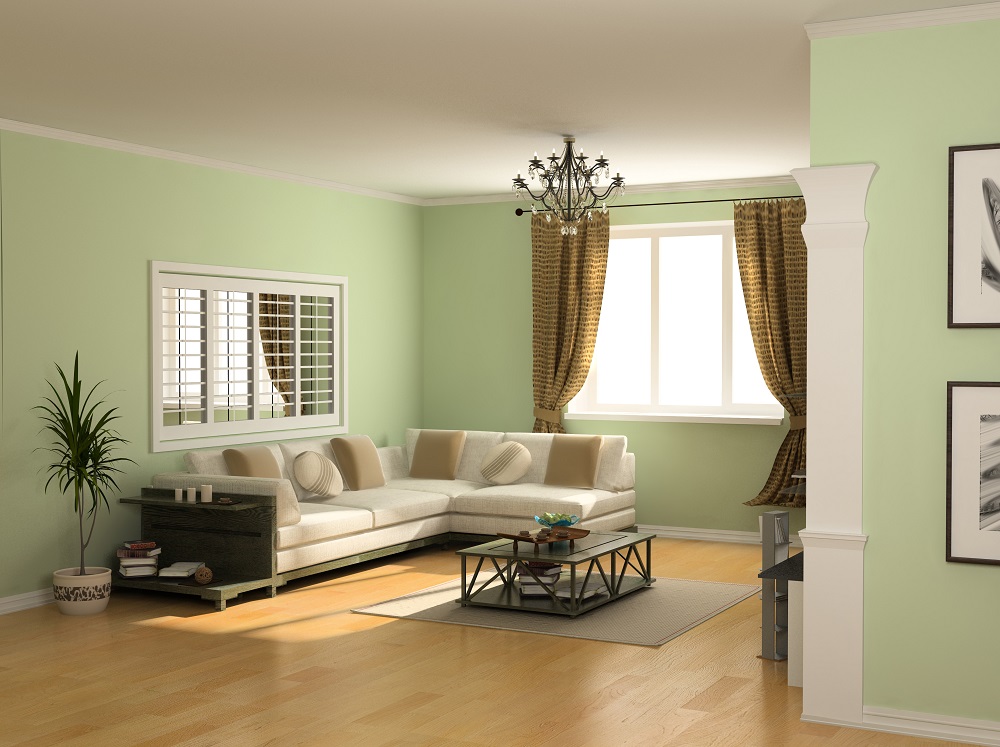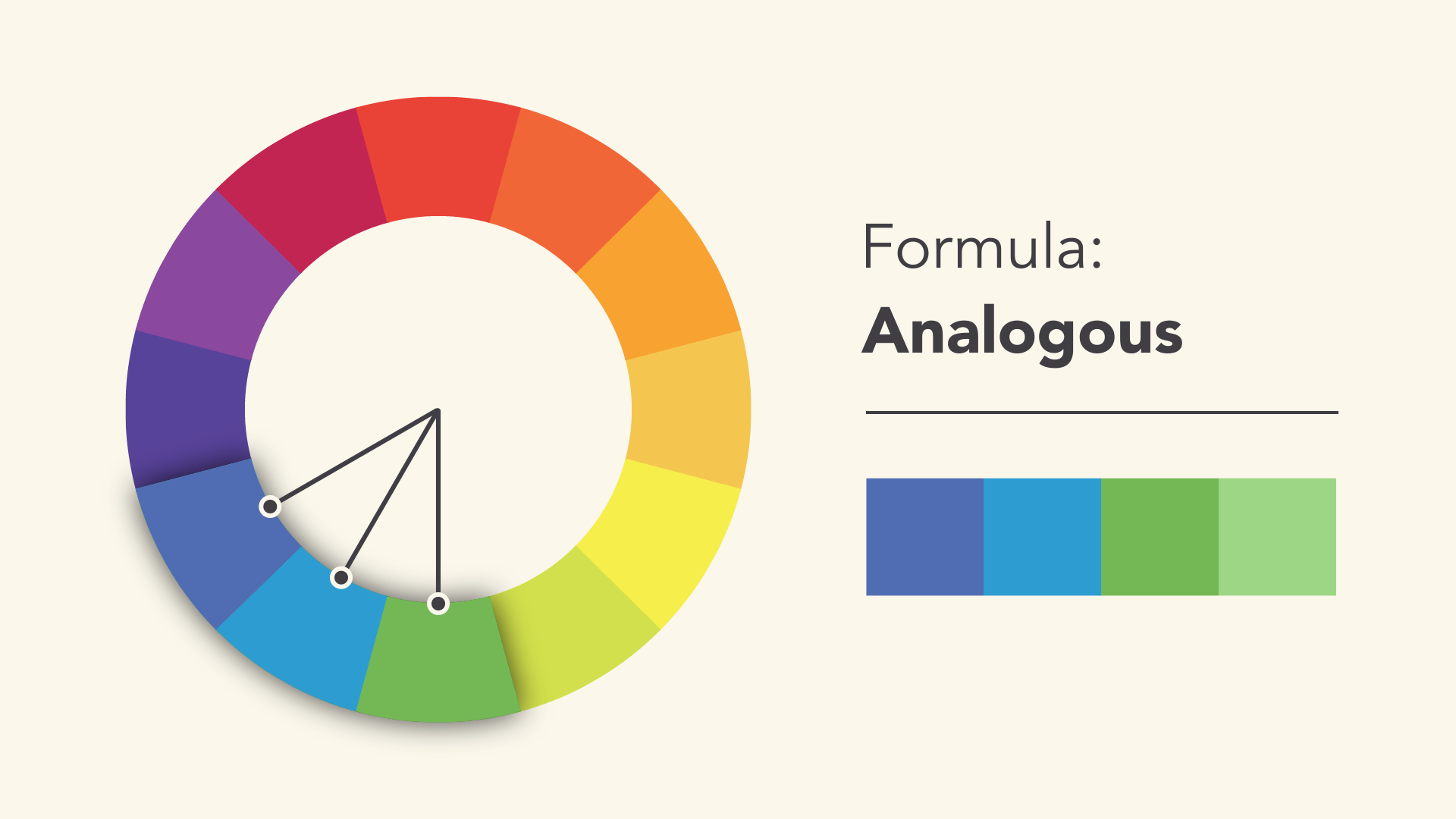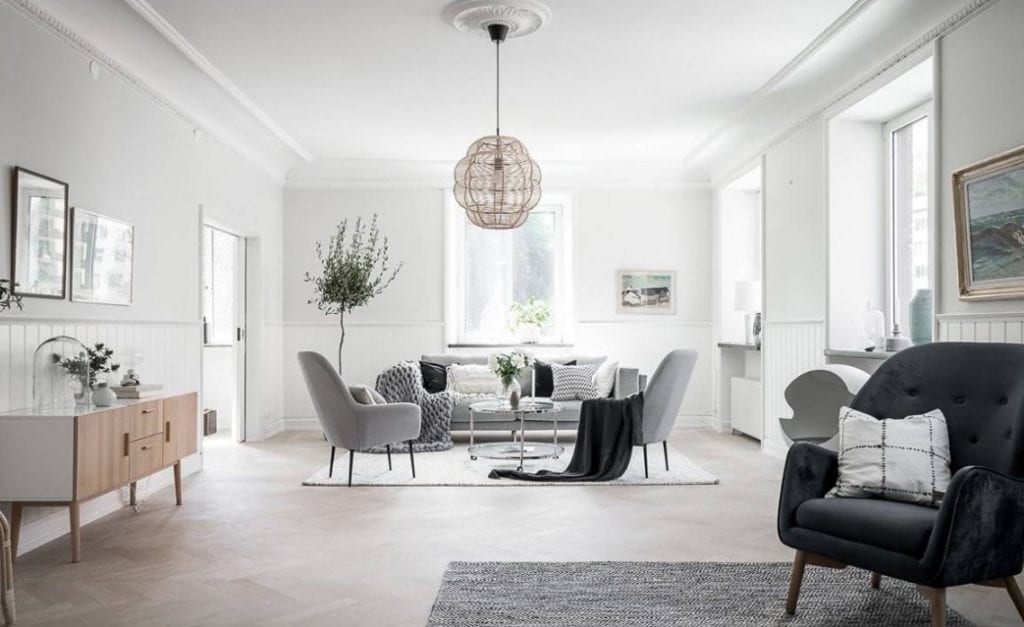Neutral Color Palette
A neutral color palette is a classic and timeless choice for any living room. These colors, such as beige, grey, and white, create a sense of calm and balance in a space. They also serve as a great backdrop for other accent colors and decor pieces. When choosing a neutral color scheme for your living room, consider using different shades and textures to add depth and interest to the room.
Complementary Color Scheme
A complementary color scheme involves using colors that are opposite each other on the color wheel. This creates a vibrant and eye-catching look in a living room. For example, pairing blue with orange or green with red can create a dynamic and visually appealing space. Just be sure to balance out the colors with neutral elements to avoid overwhelming the room.
Analogous Color Combination
An analogous color combination involves using colors that are next to each other on the color wheel. This creates a harmonious and cohesive look in a living room. For instance, pairing blue with purple or yellow with orange can create a serene and inviting atmosphere. To add visual interest, consider incorporating different shades and textures of the analogous colors.
Monochromatic Color Scheme
A monochromatic color scheme involves using different shades and tones of a single color. This creates a calming and sophisticated look in a living room. For example, using different shades of grey or blue can add depth and dimension to the room. To avoid the space looking too flat, incorporate different textures and patterns in the same color palette.
Warm and Cozy Tones
Warm and cozy tones, such as earthy browns, rich oranges, and deep reds, can create a welcoming and inviting atmosphere in a living room. These colors are perfect for creating a cozy and intimate space, perfect for gathering with family and friends. You can also add some warmth to a neutral color palette by incorporating warm-toned decor pieces and textiles.
Cool and Calming Colors
On the other hand, cool and calming colors, such as soft blues, cool greens, and lavender, can create a serene and tranquil living room. These colors are perfect for creating a peaceful and relaxing space, perfect for unwinding after a long day. To avoid the room feeling too cold, add some warm-toned accents and incorporate different textures and patterns.
Contrasting Color Combination
A contrasting color combination involves using colors that are on opposite ends of the color wheel. This creates a bold and dramatic look in a living room. For instance, pairing black and white or navy and yellow can create a striking and modern space. Just be sure to balance out the colors with neutral elements to avoid overwhelming the room.
Earth Tones
Earth tones, such as greens, browns, and beiges, can bring a sense of nature and warmth to a living room. These colors are perfect for creating a cozy and inviting space, perfect for relaxation and connection to the natural world. To add some visual interest, incorporate different textures and patterns in the same color palette.
Bold and Vibrant Colors
If you want to make a statement in your living room, consider using bold and vibrant colors. These colors, such as hot pink, bright yellow, and electric blue, can add energy and personality to a space. Just be sure to balance out the colors with neutral elements and incorporate them in small doses to avoid overwhelming the room.
Pastel Color Palette
A pastel color palette is perfect for creating a soft and delicate feel in a living room. These colors, such as soft pink, mint green, and lavender, can create a romantic and dreamy atmosphere. To keep the space from feeling too childish, incorporate some bold and contrasting elements, such as a deep-colored rug or a statement piece of furniture.
The Perfect Painting Combination for Your Living Room

Adding Color and Character to Your Living Space
 Your living room is the heart of your home, a place where you relax, entertain, and spend quality time with loved ones. It’s important to create a space that reflects your personal style and makes you feel at ease. One way to achieve this is through the use of
paintings
. Choosing the right combination of paintings can add a touch of color and character to your living room, making it truly unique and inviting.
Your living room is the heart of your home, a place where you relax, entertain, and spend quality time with loved ones. It’s important to create a space that reflects your personal style and makes you feel at ease. One way to achieve this is through the use of
paintings
. Choosing the right combination of paintings can add a touch of color and character to your living room, making it truly unique and inviting.
Creating a Color Palette
 Before deciding on which paintings to hang in your living room, it’s important to establish a color palette. This will help guide your choices and create a cohesive look. Start by looking at the existing colors in your living room, such as the wall color, furniture, and decor. Choose a few dominant colors and a few accent colors to work with.
Neutral colors
such as beige, gray, and white are a safe choice for a timeless and elegant look. However, if you want to add a pop of color, consider
bold hues
like blue, green, or even a warm red. Whatever color palette you choose, make sure it reflects your personal style and complements the overall design of your living room.
Before deciding on which paintings to hang in your living room, it’s important to establish a color palette. This will help guide your choices and create a cohesive look. Start by looking at the existing colors in your living room, such as the wall color, furniture, and decor. Choose a few dominant colors and a few accent colors to work with.
Neutral colors
such as beige, gray, and white are a safe choice for a timeless and elegant look. However, if you want to add a pop of color, consider
bold hues
like blue, green, or even a warm red. Whatever color palette you choose, make sure it reflects your personal style and complements the overall design of your living room.
Choosing the Right Paintings
 Once you have your color palette established, it’s time to choose the right paintings for your living room. Start by considering the size and layout of your space.
Large paintings
can make a statement and act as a focal point in the room, while smaller paintings can be grouped together to create a gallery wall. It’s also important to consider the style of your living room. If you have a modern and minimalist space, abstract paintings or black and white photography can add a contemporary touch. For a more traditional space, landscapes or still life paintings can bring a sense of warmth and coziness.
Once you have your color palette established, it’s time to choose the right paintings for your living room. Start by considering the size and layout of your space.
Large paintings
can make a statement and act as a focal point in the room, while smaller paintings can be grouped together to create a gallery wall. It’s also important to consider the style of your living room. If you have a modern and minimalist space, abstract paintings or black and white photography can add a contemporary touch. For a more traditional space, landscapes or still life paintings can bring a sense of warmth and coziness.
Creating a Balance
 When hanging paintings in your living room, it’s important to create a balance. This means choosing a combination of different sized paintings, as well as mixing up the subject matter. For example, if you have a large abstract painting, balance it out with smaller paintings of landscapes or portraits. It’s also important to consider the placement of the paintings. Hang them at eye level so they can be easily admired, and leave enough space between each painting to avoid a cluttered look.
In conclusion, choosing the right
painting combination
for your living room can add personality and charm to your space. By establishing a color palette, choosing the right paintings, and creating a balance, you can create a living room that reflects your style and makes you feel at home. So go ahead and get creative with your painting choices – your living room will thank you.
When hanging paintings in your living room, it’s important to create a balance. This means choosing a combination of different sized paintings, as well as mixing up the subject matter. For example, if you have a large abstract painting, balance it out with smaller paintings of landscapes or portraits. It’s also important to consider the placement of the paintings. Hang them at eye level so they can be easily admired, and leave enough space between each painting to avoid a cluttered look.
In conclusion, choosing the right
painting combination
for your living room can add personality and charm to your space. By establishing a color palette, choosing the right paintings, and creating a balance, you can create a living room that reflects your style and makes you feel at home. So go ahead and get creative with your painting choices – your living room will thank you.






:max_bytes(150000):strip_icc()/MyDomaine_ColorPalette-Neutral-1-fe9a91dcf8814904a630a0d928216bcd.jpg)
/MyDomaine_ColorPalette-Neutral-2-3590678b1c9143e28dd6b536f0a1e008.jpg)













































/Gretchen-Evans-Design-58a7203e5f9b58a3c944baae.jpg)





















/Colorwheel-58d0206f3df78c3c4f45653b.jpg)













































